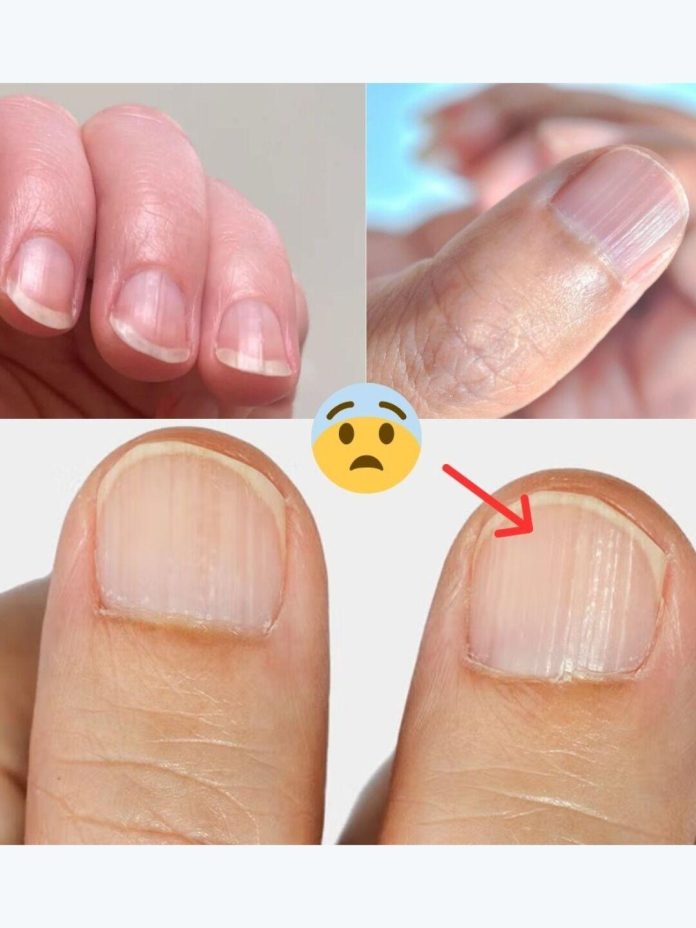You might think of your nails as just a place for polish or an occasional sign of stress, but they can actually be powerful indicators of what’s happening inside your body.
Changes in your nails’ color, texture, shape, or growth rate can sometimes reveal early signs of underlying health conditions—ranging from nutritional deficiencies to thyroid problems, heart disease, or liver issues.
For example, nails that appear pale or white may point to anemia or liver disease. Yellow nails could indicate a fungal infection, but in some cases, they can also be linked to lung conditions. Spoon-shaped nails that dip in the center may signal an iron deficiency, while nails with ridges or pits could be a sign of psoriasis or other autoimmune disorders.
“Nails are like a health report card,” says Dr. Sara Norris, a naturopathic physician in Los Angeles. They often show early signs of imbalance or illness before other symptoms appear.
Brittle or slow-growing nails might suggest poor circulation or thyroid dysfunction. Clubbing—when the tips of your fingers thicken and the nails curve around them—can sometimes be a sign of lung or heart disease.
Of course, not every nail change is serious. Stress, aging, or harsh nail treatments can also cause changes in your nails’ appearance. But persistent or unexplained changes should never be ignored.
To keep your nails healthy, aim for a balanced diet rich in biotin, zinc, iron, and protein. Stay hydrated and limit exposure to harsh chemicals like acetone or acrylics.
If you notice any unusual or lasting changes in your nails, it’s worth checking in with your healthcare provider. What looks like a cosmetic issue could actually be your body’s way of sending an early warning—and spotting it early can make all the difference.

















